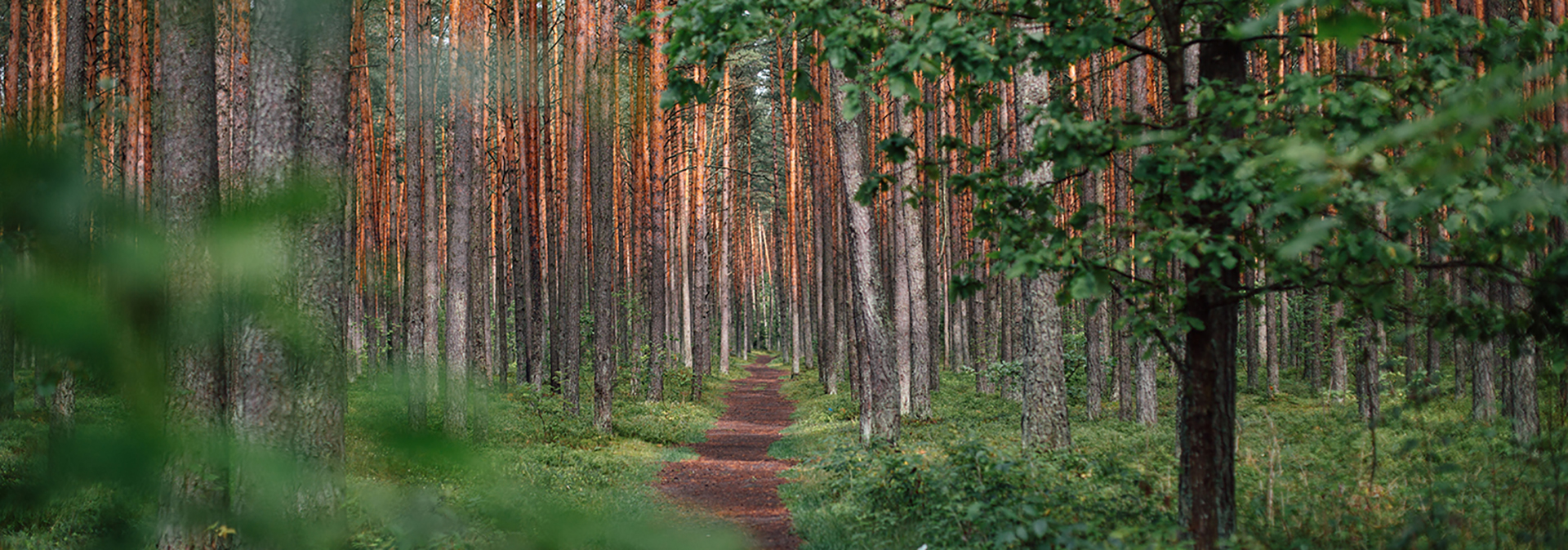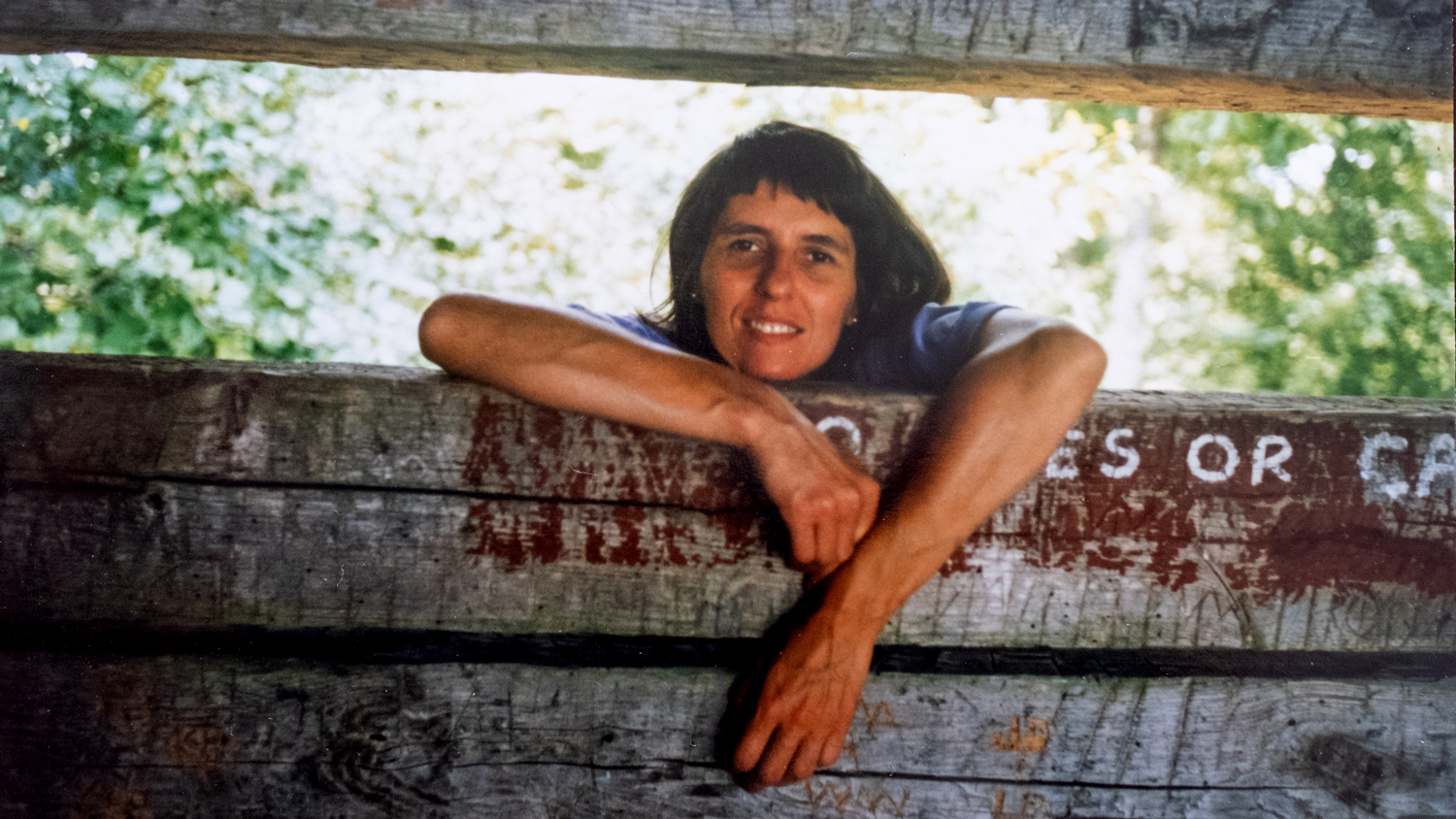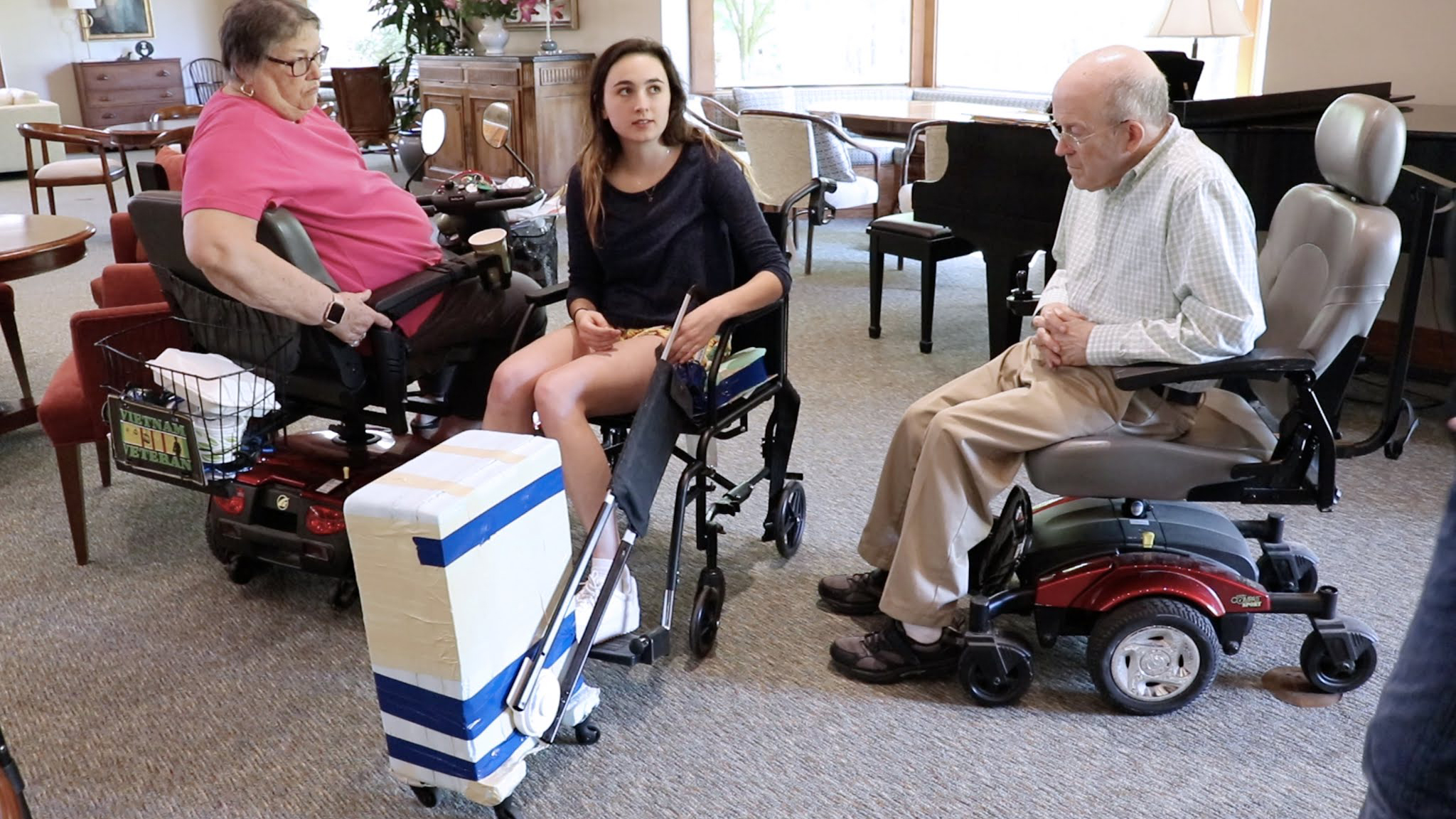There’s a lot of talk about the need for greenways but besides being attractive, nice areas to take a jog, how do these spaces actually benefit communities? Do they outweigh the financial cost, physical labor and political will to build them?
Charles A. Flink is a professor of practice in landscape architecture at NC State University and the author of The Greenway Imperative: Connecting Communities and Landscapes for a Sustainable Future. Flink sat down with the Abstract to explain the importance of greenways and their potential in developing cities and communities.
The Abstract (LB): What, exactly, is a greenway and why are they important?
Flink: Greenways are linear open spaces that provide pathways for bicycling as alternatives to automobile transportation, conserve natural landscape buffers and protect native species of plants and habitat for animals. With ample vegetation they clean the air of pollutants and trap sediment before it reaches streams and rivers. When they are as wide as floodplains, they help absorb excess rainwater during storm events.
The Abstract (LB): So, how do you explain this in your book?
Flink: My book, The Greenway Imperative, looks back on my 35 years in the landscape architecture industry and showcases several projects that I worked on across the United States in communities that are well known to many, such as Charleston, S.C., Miami and Las Vegas, to name a few. I share the intimate detail for how these greenway projects benefited communities through conservation, flood recovery, transportation, health and wellness, and sustainable development.
The Abstract (LB): Can you give an example of how one of these greenways has benefited its community?
Flink: Grand Forks, N.D. and East Grand Forks, Minn. were ravaged by a 500-year flood event in May 1997. Having rejected a U.S. Army Corps of Engineers proposal to build a river bypass channel, the communities pursued a greenway solution to flood control. Twenty years later the 2,200 acre Red River Greenway has become the centerpiece of life in the community that has made the community resilient to flooding, and a significant factor in attracting new business and industry to these Midwest communities.
The Abstract (LB): Carving out the space for a greenway in an urban environment seems like it could take a lot of work, in terms of logistics, financial cost, and political will. What would you tell communities that are wondering whether it’s worth it? Are there cost benefit analyses that address these tradeoffs?
Flink: Greenways have been proven to improve the economic health of communities, supporting new businesses, jobs and revenues. Greenways improve environmental health, protect vital natural resources that define our sense of place and improve the quality of life. Greenways contribute to our social well being providing valuable greenspace to relieve stress and support active living. For every dollar that is spent on a greenway, it is proven that they will return no less than $3 in benefit, and oftentimes $10 of benefit. Greenways offer substantial return on investment.
The Abstract (LB): These stories highlight individual success stories of ways that greenways have had a positive impact on communities around the country. What are you hoping to accomplish with the book?
Flink: First, to share these inspirational stories with as many people as possible. They are all unique and they tackle current issues that are of interest to many Americans. Second, to promote the concept of completing a national greenway system, linking resources within states and across all 48 contiguous states across America. We are close to achieving this grand vision. With a concerted effort, we can finish building a coast-to-coast network of interconnected green spaces that will enhance the quality of life for millions of Americans for decades to come.
Flink will be discussing his book on NC State’s campus in Burns Auditorium at 6 p.m. on April 15, 2020 .



